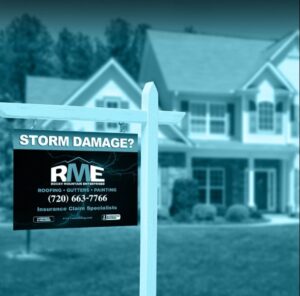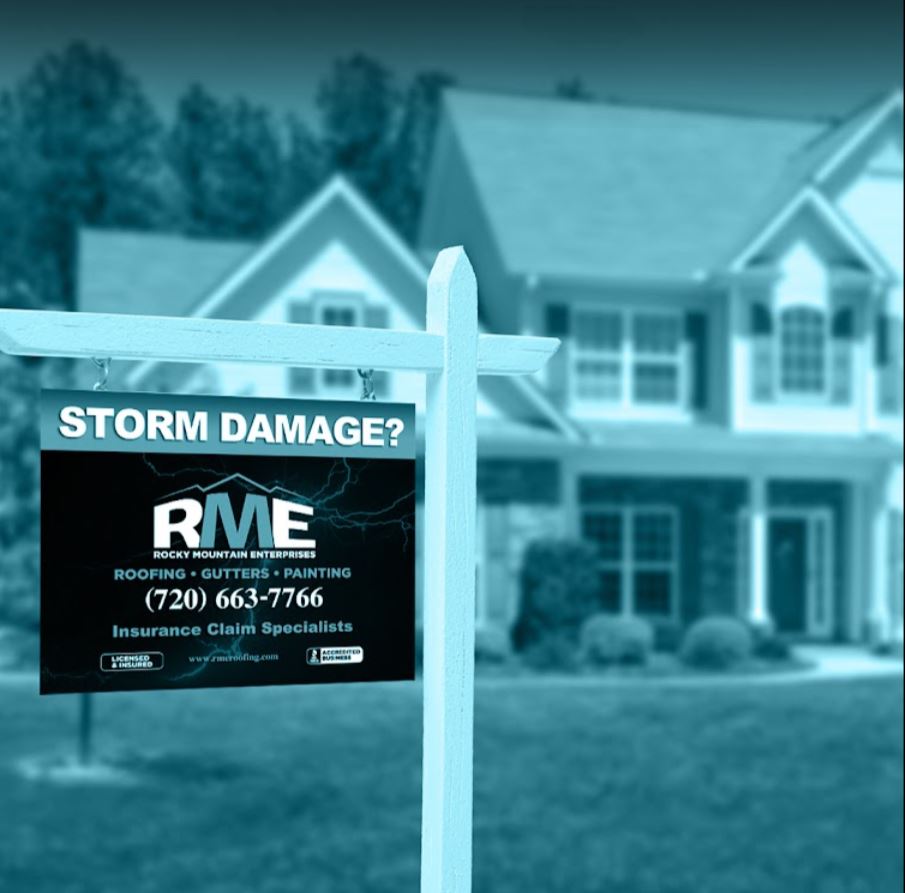How To Handle Storm Damage To Your Roof
Your roof is one of the most essential parts of your home. Not only does it protect you from harsh elements like rain and wind, but it also protects your home’s interior. When storms hit, however, roofs are vulnerable to damage. If you live in an area prone to severe winter weather, such as coastal areas, tornadoes, or flooding, you know how devastating it can be when your roof gets damaged by a powerful Colorado storm.

The best way to prevent roof damage is to take preventive measures. Make sure your gutters are clear and free of debris and clogs. Also, check your roofing materials, including shingles, shakes, tiles, and metal, to ensure they’re strong enough to withstand the forces of nature. In addition, install flashing around chimneys and vents to help reduce water penetration into your attic space. Finally, seal cracks and holes in your roof to prevent moisture infiltration.
After a storm, it’s essential to act quickly to minimize further damage to your roof. First, call RME Roofing, and we can perform a roof inspection. Then, contact your insurance agent to file a claim. We can help you work through the insurance claims process.
Types Of Storm Damage
Storm damage happens when there are high winds or heavy rainfalls that can cause severe damage to roofs. There are three main types of storm damage that can occur to your roof in Colorado. They include hail damage, wind damage, and water damage. Hail damage can happen when large hailstones hit your roof. Wind damage can happen when strong gusts of wind blow against your roof. Water damage can happen when heavy rainfall damages your roof surface and causes leaks inside your home.
Wind Damage
Heavy winds can cause significant damage to roofs. Shingles can become dislodged and fall off during high winds, exposing underlying wood and insulation. If the wind blows shingle debris into gutters, it can clog drainage systems and prevent water from draining properly. In addition, strong winds can tear loose shingles off of the roof and send them flying across the yard.
The best way to avoid wind damage is to have an annual roof inspection done. This allows you to catch problems early on and avoid costly repairs later on.
Also, if you have trees that overhang the house with large branches, trim those branches back away from the roof to reduce the risk of damage.
Water Damage
Heavy rainfall can cause severe water damage to roofs, even if it doesn’t seem like too much rain fell. Roofs are designed to protect against weather, including strong winds, high temperatures, hail storms, and torrential downpours. However, heavy rainstorms can knock the granules off the surface of the shingle, causing water to penetrate the roof. Water damage starts out slowly, such as leaking around windows and doors. If you notice dampness or mildew in areas where the roof meets walls or ceilings, you might want to call a professional roofer at RME Roofing to inspect your property.
Hail Damage
Hail damage is common in the Southwestern region of the United States. But while the weather patterns are changing, homeowners aren’t always prepared for the effects of hailstorms. Hail can crack or otherwise break down shingle material, causing leaks. Hail can knock away those small granules that keep roofs waterproof. And hail can cause damage to your home’s exterior that isn’t visible to the naked eye.
If you suspect hail damage, contact RME Roofing in Englewood. We will perform an intensive roof inspection and help you file a claim with your insurer.
Snow and Ice Damage
Snow and ice can cause severe structural damage to roofs. If the snow falls hard enough, it might even break apart tiles and shingles, causing leaks and damage to the building. Even if the snow doesn’t come off immediately, it can freeze into sheets of ice, cracking and chipping away at the roof over time.
In addition to damaging the roof, snow and ice buildup can lead to ice dams. These are ice-forming areas beneath the flashing around the roof’s edge. They’re usually caused by melting snow running down the roof’s slope and refreezing. When the temperature drops again, the ice builds up and creates pressure against the roof sheathing, eventually breaking through the insulation and causing leaks.
The best way to prevent ice dams is to keep snow and ice from accumulating on the roof in the first place. Use a shovel to scrape off snow and rake leaves and branches out of gutters. Clean the area around the gutter regularly, and make sure the gutter isn’t clogged. Call RME Roofing to fix any roofing problems if you notice signs of ice dams.

